
There are several basic kinds of aggression-based biting and scratching behaviors in cats, and some of them are traceable to behavior they learned from their owners or interactions with their owners. Kittens learn to bite and scratch as a normal part of development, and if not trained early, they won't know when using their claws and teeth is not appropriate.
Thankfully, there are some tried-and-true methods to help curb this behavior, but some unusual scratching and biting could be a sign of an underlying illness.
One of the first rules for human companions is: Don't teach your cat that hands are toys. This is a behavior that you must develop and correct when they are young kittens. If you ignore this advice, those tiny claws and teeth will soon grow into razor-sharp "meat hooks," and you'll bear the scars.
Do not use your hands as toys and rough house with them as they will not likely hurt you when they are kittens, but once fully developed they will think they can still play this way despite having larger and stronger jaws and claws. Hands should only be used for petting and carrying. It should be established early that any "mouthing" is painful to you, even when it may not be painful. Once this is established, you will need to direct playful behavior onto other objects.
Aggressive biting often happens during a petting session, when the human companion either doesn't understand or ignores the cat's body language. While some cats love to be petted for hours on end, sometimes a cat becomes overstimulated for one reason or another and wants to opt out of the petting session, but doesn't know how to tell you when to stop.
An annoyed cat signals its feelings with narrowed eyes and pulled-back ears. If you wait for the inevitable tail lashing, you've waited too long, and you may be rewarded with a bite. The rule here is to watch the cat's signals and stop whatever you're doing to prevent an escalation. Once you know what your cat's triggers are for aggression, you can limit these interactions or prevent them entirely. For some cats the trigger may be petting them on the belly, petting them for too long, or being too rough when petting them near the base of the tail. Learn what your cat does and does not enjoy and follow their lead when petting them.
Your cat may become upset at seeing a strange cat through a window and react by attacking the first thing it sees in the immediate vicinity—either you or another cat—a classic case of redirected aggression. This kind of behavior will require creative thinking on your part.
First, remove your cat to an area where it can't see the strange cat. Next, reassure your cat; spend extra time carefully petting and playing with it. Give your cat extra treats when it's able to interact calmly. In extreme cases, your veterinarian may prescribe medication to help your cat feel less anxious. If you know who owns the cat, you may also politely ask your neighbors to keep the animal indoors to prevent episodes of redirected aggression.
When new and unusual behavior problems arise in your cat, including aggressive biting and scratching, it could be a sign of an underlying illness. Medical causes range from undetected wounds to distress from mites or fleas to a hormonal imbalance such as hyperthyroidism.
If an otherwise docile cat exhibits sudden and unexplained aggressiveness toward you, especially when being handled, a visit to your veterinarian is in order. They will likely look for sources of pain or discomfort as well as recommend bloodwork.
Hyperesthesia is a rare condition that is seen in bursts of exaggerated and repetitive grooming or aggressive behavior in some cats. This condition first shows up in cats around a year old and is prevalent among Siamese, Burmese, and Abyssinian cats. Among the symptoms of hyperesthesia are excessive grooming and self-mutilation, unexplained and sudden aggression, and in extreme cases, seizures.
Although there's some debate about what causes it, some veterinarians believe hyperesthesia is a neurological condition similar to panic attacks in humans, some experts believe the attacks are triggered by stress, and others associate it with a type of seizure disorder. In any event, a cat with sudden aggressive behavior (such as biting) who experiences seizures should receive a neurological exam from a veterinarian or a veterinary specialist.
To prevent or stop episodes of hyperesthesia once they've started, dropping a towel or blanket over the cat can help contain it or disrupt it. In some instances, your vet may prescribe anti-anxiety or anti-seizure medication to help curb the seizures and other behaviors.
Sometimes if a cat is in the habit of biting and scratching, it's difficult to train it out of this behavior. It will take patience and time, but you can teach your cat that you prefer not to be the target of its attacks, even if the cat views it as playtime.
There are a few things you can do to distance yourself from play attacks by your cat:
Make an appointment with your veterinarian. They will likely have many questions to ask about the type of behavior, the circumstances of the behavior, the household environment, and your technique in correcting them. In some cases, they will ask to run bloodwork for specific conditions that can cause elevated aggression. If they can't help eliminate the behavior they may refer you to a behavior specialist.

Exploring the Different Types of Pet-Friendly Beaches
Are you looking for pet-friendly beaches? Learn about the different types of pet-friendly beaches, their locations, and tips for visiting them with your pet.
Exploring Pet-Friendly Wineries: Types, Locations, and More
Discover the different types of pet-friendly wineries, where to find them, and what to expect when you visit. Learn more with The Spruce Pets.
Why Is My Dog’s Eye Swollen?
If your dog's eye is swollen, she may need veterinary attention. The inflammation could be caused by allergies, an injury, or even a tumor.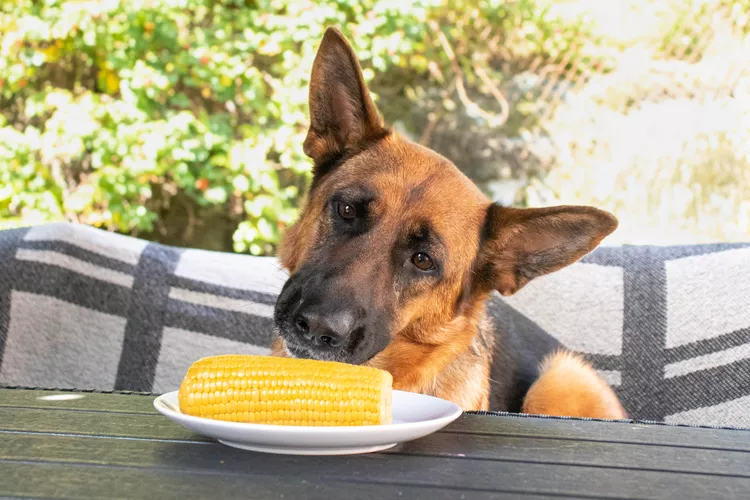
Can Dogs Eat Corn on the Cob?
Dogs love chewing on corn cobs, but this can cause serious harm. Learn about the dangers of corn cobs and find out what to do if your dog eats one.
Can Dogs Eat Papaya? What to Know About Sharing This Tropical Fruit With Your Pup
Papaya is safe for dogs in moderation, and it can even provide some nutritional value for them. However, too much can cause digestive upset, and it's not suitable to share with dogs with certain health conditions.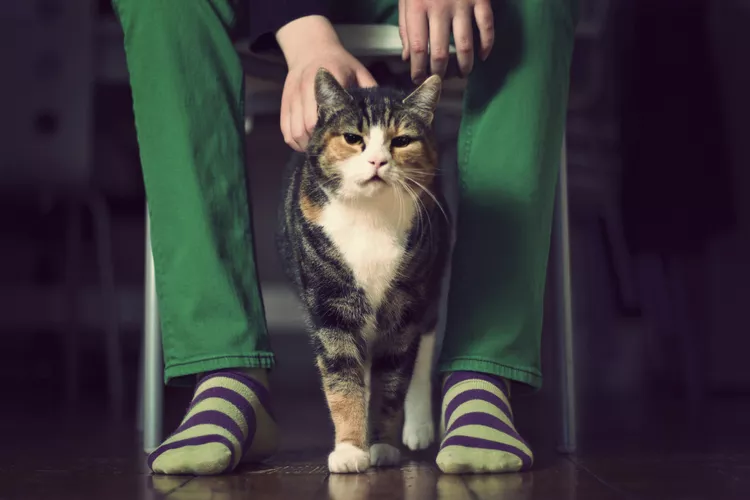
65 Irish Cat Names
Irish cat names can pay homage to historical places, local cuisine, famous Irish actors and musicians, or other wonderful aspects of the Emerald Isle.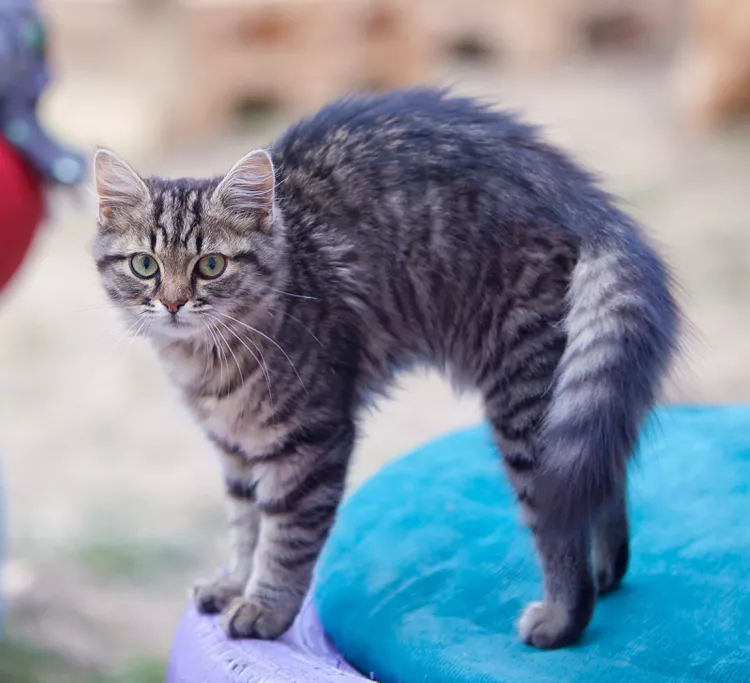
Feline Hyperesthesia Syndrome (FHS) in Cats
Rippling skin is more than dermal sensitivity in cats. It can be a sign of Feline Hyperesthesia Syndrome. Learn the causes, treatment, and prevention.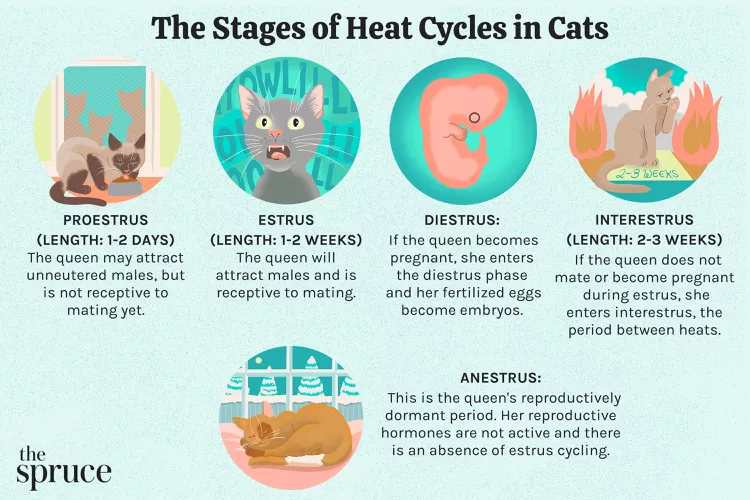
How Long Are Cats in Heat?
How long are cats in heat? Learn about the heat cycles of cats, also called estrus, as well as the reasons you should spay your cat.
Can Dogs Eat Raw Chicken Feet?
What are the potential health benefits of chicken feet for dogs? What are the risks?
Is Eucalyptus Safe for Cats?
Many products containing eucalyptus are not safe for cats, and it is important to be aware of the risks to your cat.
What You Need to Know About Homemade Cat Food
If you want to cook for your cat, make sure to read about the risks associated with homemade diets for cats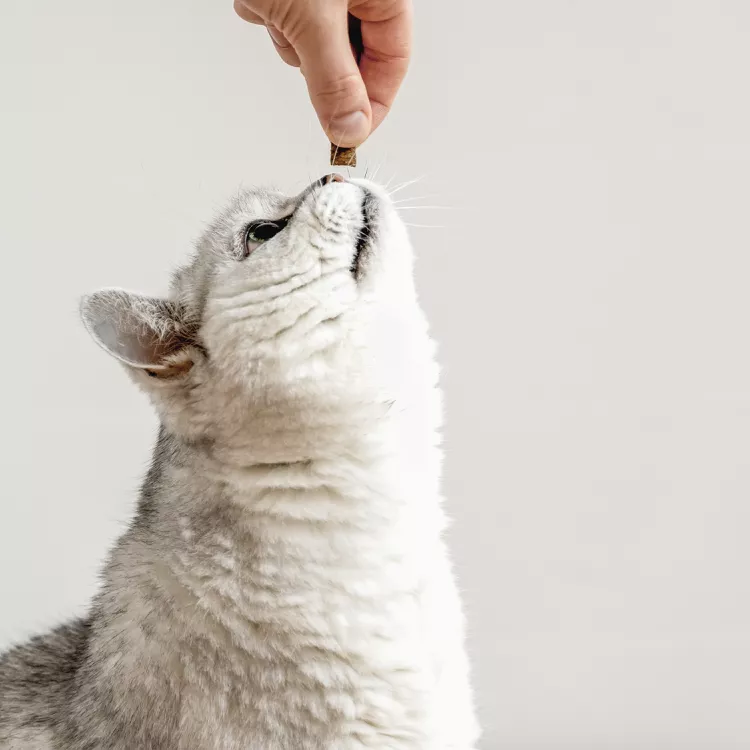
Can Cats Eat Peanut Butter?
Peanut butter is not toxic to cats, but it might not be the best choice of treat for them.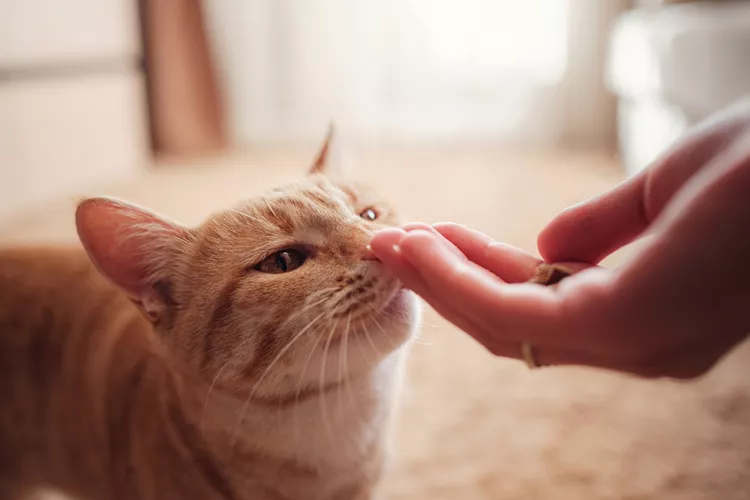
Can Cats Eat Cheese?
Can cats eat cheese? Is it healthy for them? How much can they eat and what should you do if you fear your cat has eaten too much cheese?
8 Flat-Faced Cats with the Cutest Smooshed Faces
These flat-faced cat breeds have a distinct and adorable appearance. Learn about their origins and traits, and the potential health risks tied to their unique facial structures.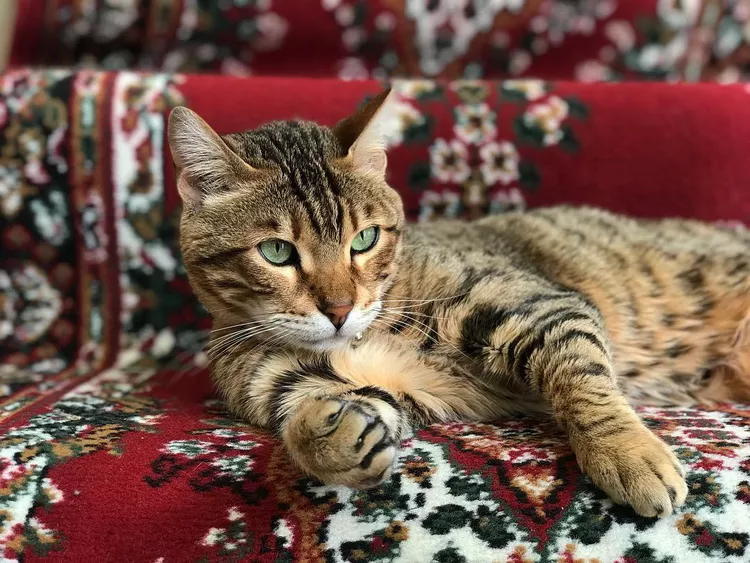
Pictures and Facts About Bengal Cats and Kittens
Bengal cats are a cross between wild cats and domestic cats. Learn more about what they look like and pictures of this beautiful spotted breed.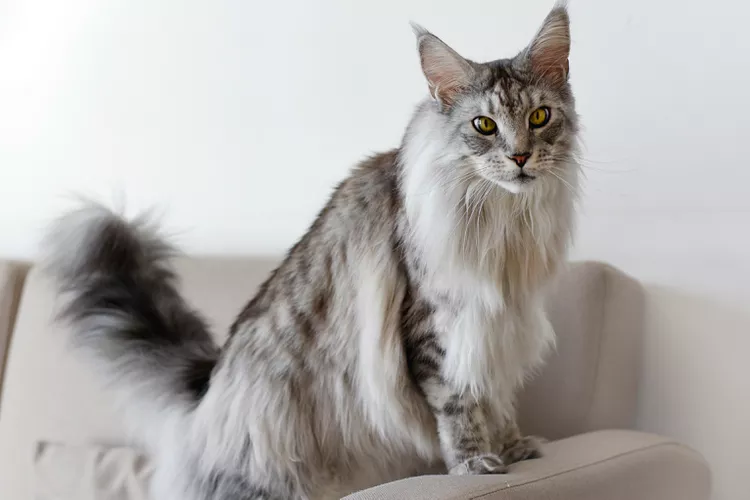
Top 10 Big House Cats
Larger cat breeds, like Maine coons and savannahs, deserve just as much love as their petite counterparts. These big house cats tip the scales.
Cairn Terrier: Dog Breed Characteristics & Care
The cairn terrier is a spunky, affectionate, and intelligent dog from Scotland. The breed became famous when one played Toto in The Wizard of Oz. Learn about the temperament, history, health, and care needs of the cairn terrier dog breed.
Reasons Why Dogs Grind Their Teeth
Some dogs grind their teeth. Learn why dogs grind their teeth and if it can be harmful. Find out what to do about teeth grinding in dogs.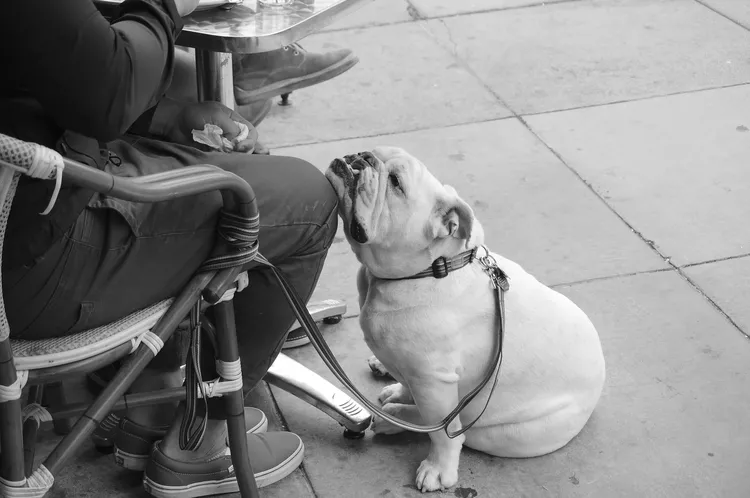
This Is Why Some Dogs Lean on People
Certain dogs really love leaning on their humans. What does this mean? Find out why dogs lean on people and if this is ever a problem.
Can Dogs Get Depression? How to Help Your Sad Dog
Can dogs get depression? Learn about the signs of depression in dogs and find out how to help your sad dog.